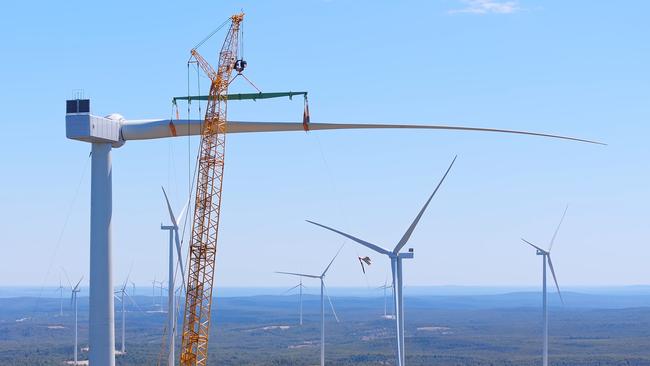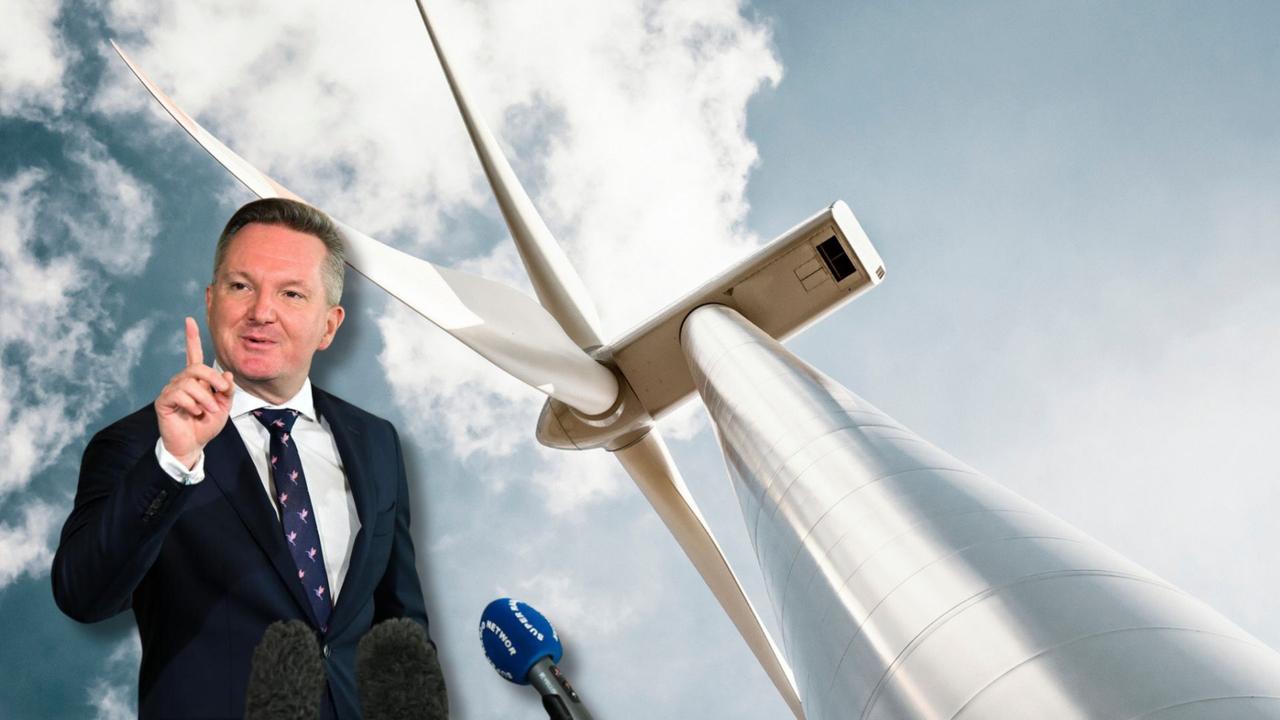Why renewables are an opportunity for regional Australia
Renewable energy is established and competitive alternatives are elusive, so we must recognise that this power source provides abundant opportunity to our regional areas.

The first town in Australia to power its streetlights with electricity was Tamworth in regional NSW in 1888.
Yet, it would be another 15 years before Sydney followed suit and many decades again before electricity was widely used in Australian homes.
Logistics, cost and community suspicion meant the transition to light generated from electricity was at times laboured and contentious.
More than a century later, Australia is well on its way to a second great energy transformation and, like the first wiring of the nation, the renewables transition has, at times, also been laboured and contentious.
But just as we did a century ago, we must not let the scale of the challenge nor opportunistic opponents deter us; we must stay the course. Importantly, we must recognise the benefit renewable energy brings to our regions and the enormous opportunities in the pipeline ahead of us.
While some will squabble about our best path forward to 2030, today’s reality is that renewables are established – and competitive alternatives remain elusive.
Renewable energy is delivering enormous amounts of reliable zero-emissions power, creating hundreds of jobs and millions of dollars in economic activity in some of the regions that need investment the most.
And while there may be pessimism about progress, the flow of capital into Australia’s energy sector and into the regional towns near to these projects tells a positive story about the benefits of diversifying our energy mix.
ACCIONA Energia alone has 15GW of projects in its Australian pipeline and other major developers have a similar roll call of projects in development.
Through these projects we want to spend billions on local procurement, local employment and local benefits in Australia’s regions. These are all positive outcomes. Similarly, projects are lifelines to farmers providing droughtproof incomes that help protect the family farm.
We should not walk away from this transformative investment pipeline. There’s no doubt the 2030 targets are ambitious, with AEMO estimating we will need 57GW of grid-scale solar and wind generation installed. And it’s clear some peaking capacity with gas will be necessary.

With the right alignment of policy settings, and partnerships with legitimate developers and local communities, the will and financial muscle are there to deliver excellent outcomes that will see us through the century.
Investing in our regions shouldn’t be a contentious issue. But it’s clear many aren’t seeing the full picture.
Australia’s regions traditionally have relied on major government projects for economic advancement yet are currently the beneficiaries of unprecedented private investment, with new well-paid careers, economic activity and community benefit-sharing opportunities all powered by renewable energy.
ACCIONA Energia’s MacIntyre Wind Farm in southwestern Queensland is one example of what is happening around the country right now.
Every day there are around 500 people working on its construction and in two and a half years MacIntyre has generated more than $600m in direct economic activity within the state.
Construction contracts have been awarded to locals like Zac Haslam, who runs his own Millmerran-based earthworks and concreting business.
A contract with the MacIntyre Wind Farm enabled him to purchase a bobcat and excavator to scale up his business and he says it has “skyrocketed” his company.
For maintenance worker Carlene, a job at MacIntyre gave her the work/life balance she wanted, with a commute of just 15 minutes to site to earn a second income to support her farm.
Renewable energy is full of quiet success stories of businesses and people benefiting from these investments.
When MacIntyre is complete, it will have another team of 35-40 full-time employees just to operate it, creating opportunities for locals. That’s a lot of new jobs when the nearest town only has 70 residents.
And renewables aren’t just about new energy generation and local jobs. These projects are also supporting Australian manufacturing and reaching new export markets.
In Gladstone, ACCIONA Energia is currently constructing the 480MW Aldoga Solar Farm. In addition to driving $150m in local economic activity and employing 350 construction workers, the project is also supporting an upstream supply chain of Australian-made components.
Our solar panels are being mounted on tubing manufactured in Brisbane, using steel from Bluescope’s Port Kembla Steelworks in the Illawarra, which is made with iron ore from the Pilbara in Western Australia. Renewable energy is supporting Australian manufacturing and mining.
Power from renewable energy projects will also be critical to retaining our industrial capacity in Australia and taking advantage of the new 21st-century economy as we look to set up critical minerals, hydrogen and green iron supply chains.
Walking away from renewables now will have an opportunity cost. It will mean less investment in Australia’s regions and less diversity and resilience in these local economies. It will also mean we forgo the manufacturing opportunities and industrial jobs in the future that will rely on renewable power.
Make no mistake, there are hard yards still ahead of us but just as our adoption of electricity wasn’t linear, or without debate, neither is shifting our electricity sources to renewables. Despite this challenge, we must not be distracted or deterred if we want to see our regions thrive.
Brett Wickham is the managing director of ACCIONA Energia. He grew up in regional Victoria and started his career in the Royal Australian Navy.



To join the conversation, please log in. Don't have an account? Register
Join the conversation, you are commenting as Logout